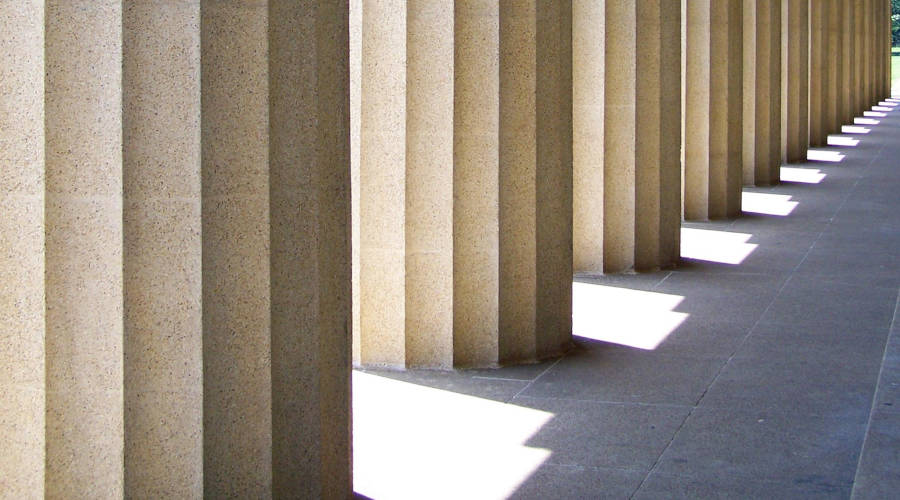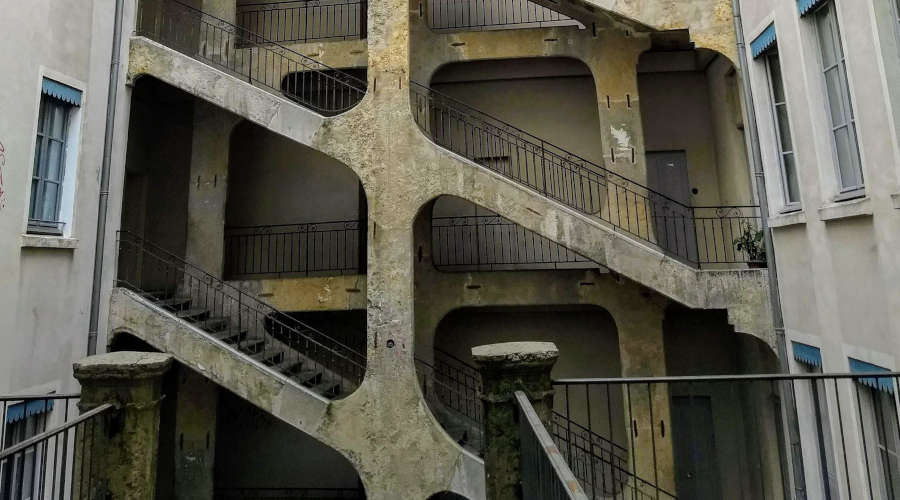Concrete may not be thought of as a historical building material because of its application in strong, modern structures. However, the material has a long history. Just because there were no cement trucks on the road in ancient Rome doesn’t mean that societies could not construct with concrete. They have their own techniques for modifying and utilizing materials.
We can have a better grasp of how we use concrete today by studying its history. To provide you a better knowledge of the substance, we’ve selected some crucial years throughout history, as well as iconic and historic concrete structures.
Concrete is made up of a blend of large and small particles coupled with a kind of paste. The paste hardens and binds the particles, allowing them to be used as a building material. We’ll also bring up some materials that are comparable but different in various ways.

Concrete has been used throughout history in a number of ways due to its adaptability and durability.
Cultures have built with the following materials throughout history:
- Cement
Mortar, concrete, stucco, and grout are all made from this fine powder. Cement is used as a binder in these construction materials. It’s commonly composed of limestone, but it can also contain clay, silica sand, and shells. Throughout history, what various cultures used relied on what they had access to and where they lived. Individuals smash and blend ingredients such as iron ore with other materials before heating them at high temperatures, regardless of the ingredient. Clinker is the end product, which is processed into cement.
- Mortar
Bricks, stones, and other construction materials are held together by mortar. Cement, sand, and lime are used to construct it. The cement activates and fixes as it dries when constructors add water to the batch. Grout is similar, but it contains more water to let it penetrate between cracks and gaps. Either substance can be used as an adhesive for a variety of construction materials, including tiles and stone.
- Adobe
These bricks are made up of sand, mud, and other soil particles, to which people can add sticks or straw, as well as water. The brick shrinks and grows with the weather once it has dried. It is not suitable for damp locations because it is not burnt in a furnace to harden and is instead dried by the air. Many of the original construction materials, such as concrete, were adobe.

We often think of concrete as a drab, utilitarian modern invention, but it’s not modern—it has a long history—and it doesn’t have to be drab.
Usage of Concrete in Ancient Times
Concrete, as we know it today, is not the same as it was in the beginning. Nonetheless, similar materials have played a role in history. These materials were used for a variety of purposes, including:
- Floors
- Buildings
- Sculptures
- Roads and bridges
Concrete and concrete-like materials have been used in the construction of these and other structures by cultures all over the world. It’s difficult to estimate how old concrete is because the substance has changed throughout time. We know it existed for centuries before the Common Era.
Concrete has been used by various cultures throughout history:
- 6500 B.C.:
This is roughly the year in which the first concrete-like structures were constructed. In modern-day Syria and Jordan, Bedouins built these ancient concrete structures. The early stages laid the groundwork for bettering procedures over time.
- 3000 B.C.:
Egyptians utilized mud combined with straw to make an adobe-like building material at this time. To bond the adobe bricks together, they devised and employed gypsum and lime mortars. Around the same period, Chinese builders were employing sticky rice-based cement.
- 700 B.C.:
Around this period, the Bedouins discovered cement that hardens underwater and built kilns to make mortar. That mortar was utilized to help build floors, houses, and other structures. During this time, they also began tamping the concrete material, knowing that if it became too wet, it would not work as effectively.
- 600 B.C.:
When the Greeks combined it with lime, they recognized a natural ingredient that could be used to make concrete. While they made use of the stuff, they didn’t have as much experience with concrete techniques as other societies.
- 200 B.C.:
The Romans had mastered concrete construction by this time, however in a different fashion than we use today. The Romans built most of their structures out of loose rocks and materials and mortared them together. They even combined aesthetic bricks with their own type of cement. Concrete was formed as an esthetic and functional product through the use of non-structural components.
- 1414:
The Fall of the Roman Empire suppressed interest in concrete, which was revived by writings explaining the substance during this year. With it came newfound respect for the construction material. This year marks one of the numerous watershed moments in concrete’s history. It set off a chain reaction that would contribute to the knowledge of new ways to build and use concrete for millennia.
- 1793:
In 1793, John Smeaton developed a more efficient way of making hydraulic lime. The material was used to aid in the setting of cement, and the improved manufacturing process made it easier to mix concrete and get it to set quickly.
- 1824:
Because mason Joseph Aspdin invented Portland cement this year, it was a pivotal year in the history of concrete. Portland cement was a powerful kind of construction material named from its resemblance to building stones in Portland, England. The cement was made by burning chalk and clay in a kiln by Aspdin. Later, he decided to make a clinker by mixing limestone with clay.

Since ancient times until the modern day, concrete has been a mainstay for architects and builders of all types.
Conclusion
While thought of as a modern staple of the industrialized world, concrete has an amazing and fascinating history due to its ancient use and flexibility. Have you seen amazing structures made of concrete, either ancient or modern? Let us know about your favorites below.
Like the Article?
Click here to share on Twitter>>
Tweet
Click here to follow IVANNOVATION on Twitter and be first to learn about our new content>> Follow @ivannovation
About the Author: Alina Alice is a passionate writer, which, considering where you’re reading this, makes perfect sense. She also writes on some amazing trends everyone must need to know. Her articles are promising enough to serve you with everything that delivers what digital marketing and what SEO steps can make you win the game. You can also read more articles on Magazine Hubs.
Get free translation tips straight to your inbox!
- Get tips on how to translate your website, marketing materials!
- Get actionable advice to help you succeed with international business.
- Be the first to access free language and management tools.



